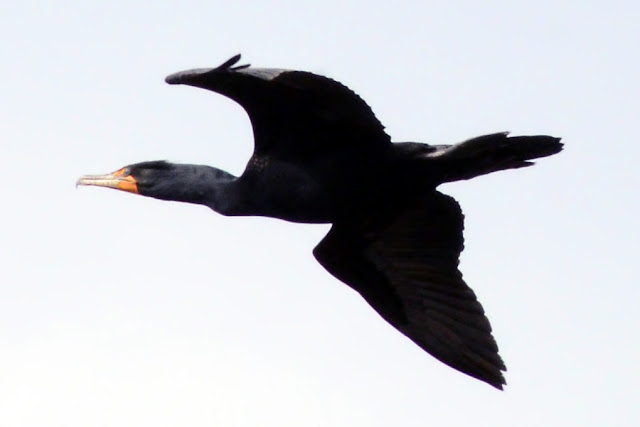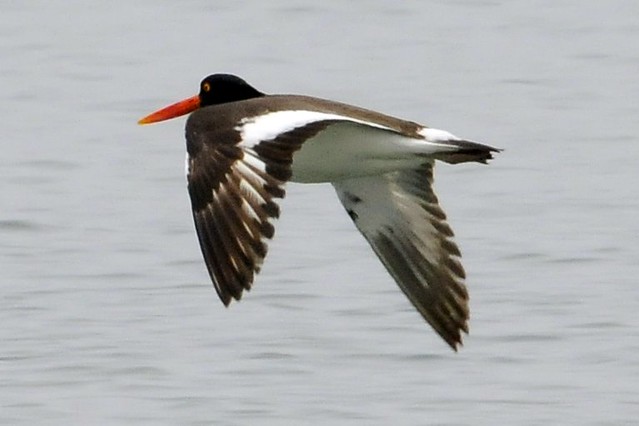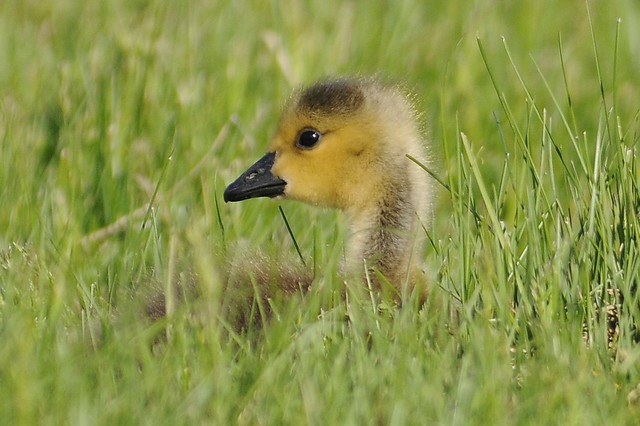Here's another great shot! This one was taken at the Savannah National Wildlife Refuge in Hardeeville, SC, which is about 6 miles north of Savannah. If these photos were included on my Bird-a-thon Presentation I'd make sure and point out that these two species can be seen in Massachusetts, also. I've noticed that people without any exposure to birds and birding get really excited by the prospect of seeing fantastic birds without needing to travel far. I think that is how fledgling birders are born - pun intended! :)
This gorgeous guy is a Boat-tailed Grackle. I've never even seen one of these. I saw plenty of Great-tailed Grackles in Tuscon, but this species is only found along the gulf coast. The Cornell Labs of Ornithology describes the species as a, "large, long-tailed blackbird, the Boat-tailed Grackle is found exclusively along the Gulf and Atlantic coasts of the United States. The noisy, iridescent, purple-black male is hard to miss when it displays on power lines and telephone poles. The smaller brown female is much less conspicuous, and might even be mistaken for a different species". I really like the name, too!
The last two photos have me burning up with blatant jealousy! I have ALWAYS wanted to see an Anhinga! Since jealously is hardly becoming to a blogger, however, I will try and be gracious and congratulate my sister and brother-n-law for finding this awesome bird, and for capturing it in action! Great job, guys!
It is even harder to suppress my jealousy when it comes to a Purple Gallinule, but I shall. After all, there is still a slight chance I might see one for myself one day. What I find hard to believe is that this spectacular bird is related to the American Coot. I just couldn't make myself fall in love with coots. This bird, however, is near the top of my 'desperately want to see and photograph' list. In any case, though, I am very impressed with Bob and Karen's birding and photography skills. Thank you both for sharing your pictures!
Click the blue button above to donate to Mass Audubon's Bird-a-thon 2012. It's a very worthy cause, especially if you enjoy being outside in nature - and who doesn't?



















































